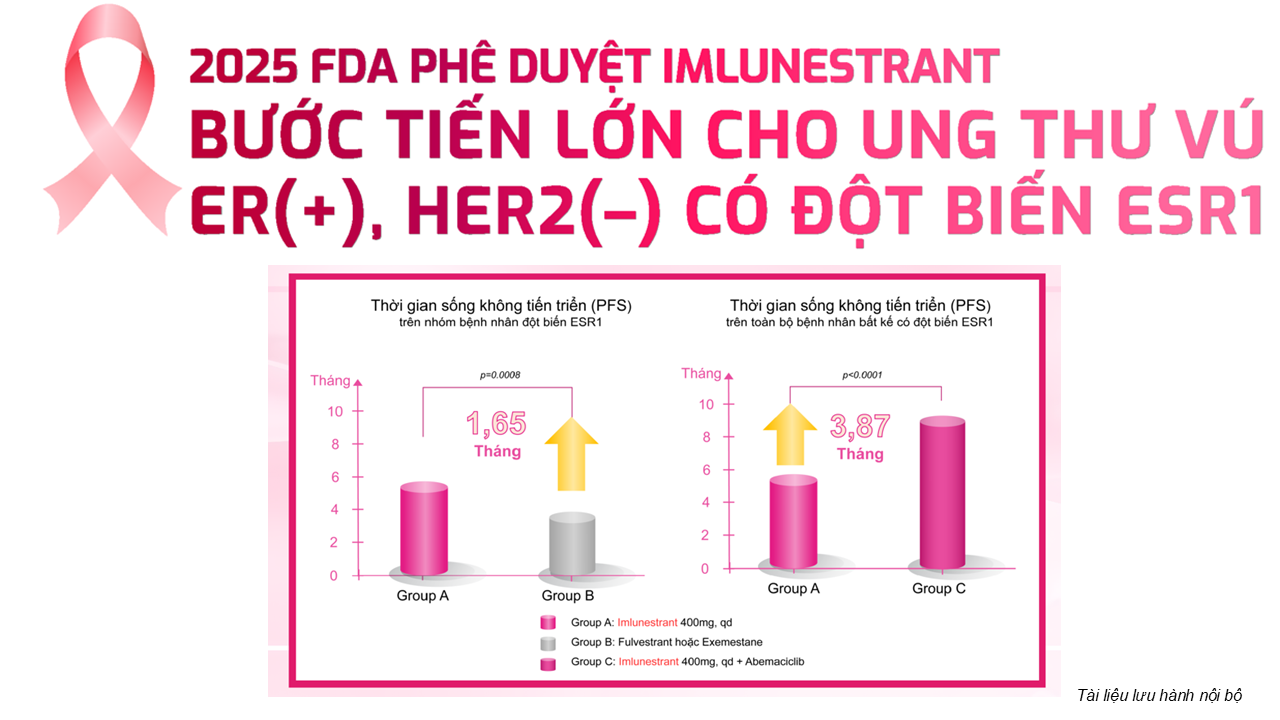New Chronic Constipation Guideline Weighs Treatment Options
Jennie Smith
June 02, 2023
A new practice guideline aims to help clinicians navigate an increasingly crowded field of over-the-counter and prescription treatment options for chronic idiopathic constipation in otherwise-healthy people.
The guideline, published in the American Journal of Gastroenterology, was developed jointly by the American Gastroenterological Association and American College of Gastroenterology. It marks the AGA's first update on chronic idiopathic constipation (CIC), also called functional constipation, in a decade.
In an interview, guideline lead author Lin Chang, MD, of the University of California, Los Angeles, noted that CIC — defined as constipation lasting at least 3 months in the absence of malignancy or obstruction, a medication side effect, or inflammatory bowel disease — is common, affecting between 8% and 12% of all U.S. adults. Most will be treated by primary care physicians, not specialists, Chang said. And most will see their physicians having already tried different over-the-counter treatments.
"The criteria for CIC or functional constipation hasn't really changed" since the last AGA guideline on it was published in 2013, Chang said, adding that the diagnostic standard currently used is the Rome IV criteria for functional constipation. "There are just more medications right now than there were 10 years ago."
The new guideline, into which evidence from 28 studies was integrated, offers recommendations regarding different types of fiber; the osmotic laxatives polyethylene glycol, magnesium oxide, and lactulose; and the stimulant laxatives bisacodyl, sodium picosulfate, and senna. It also assesses the secretagogues lubiprostone, linaclotide, plecanatide, and the serotonin type 4 agonist prucalopride.
One commonly used agent in clinical practice, the stool softener docusate sodium, does not appear in the guideline, as there was too little data available on it to make an assessment, Chang said. Fruit-based laxatives were excluded because they were the subject of a recent evidence review. Lifestyle modifications such as exercise, surgical interventions, and probiotics were not assessed.
The guideline's strongest recommendations are for polyethylene glycol, sodium picosulfate, linaclotide, plecanatide, and prucalopride, with conditional recommendations for fiber, lactulose, senna, magnesium oxide, and lubiprostone.
As costs of the recommended therapies vary from less than $10 a month to over $500, the authors also included price information, noting that "patient values, costs, and health equity considerations" must be factored into treatment choices. "For polyethylene glycol there's a strong recommendation, although the certainty of evidence was moderate," Chang said. "And with fiber, even though we made only a conditional recommendation based on the evidence, our remarks and our algorithm make clear that it should be considered as a first-line treatment."
In general, "if someone has more mild symptoms, you should try fiber or increase their fiber intake in their diet," Chang commented. "If that doesn't work, try over-the-counter remedies like polyethylene glycol. Then if symptoms are more severe, or if they fail the first-line treatments, then you go to prescription agents."
Reference: https://www.medscape.com/viewarticle/992739
Bài viết liên quan






